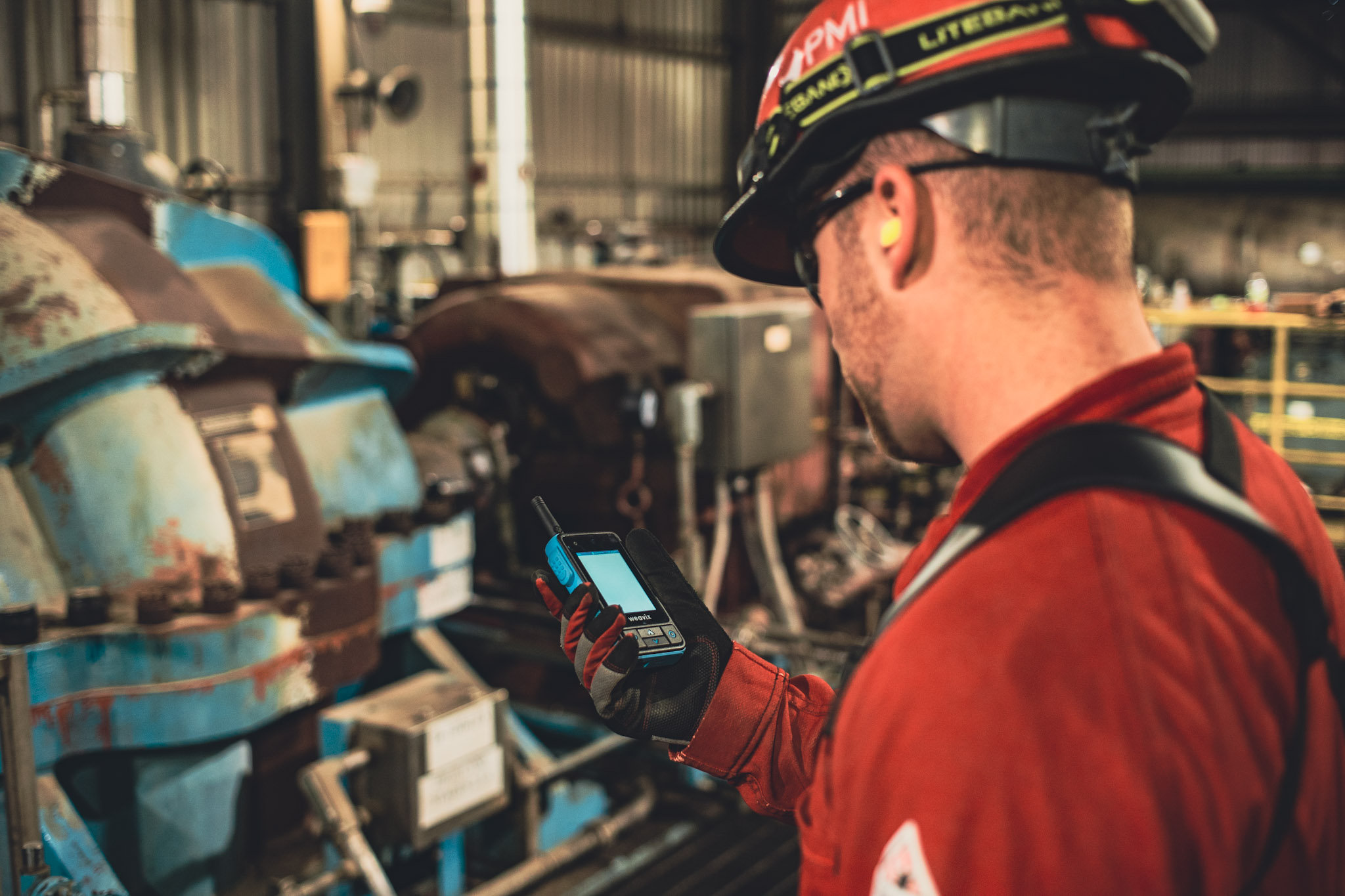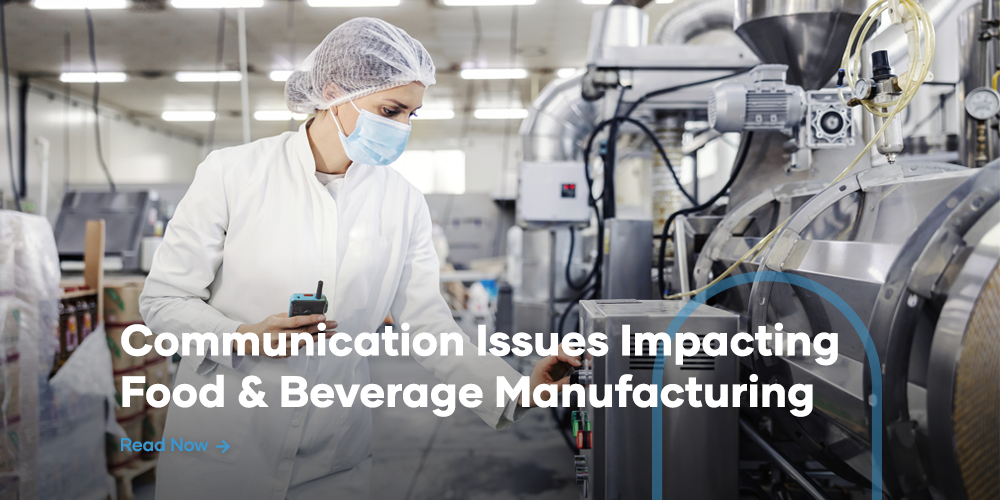As industry continues adopting and implementing new technology into their facilities, we see that they keep excluding one component: their frontline workers.
It’s no secret that frontline workers are both excited and feeling the pressure from new technologies. While 88% of workers see the opportunities it can create for them and their jobs, still 66% feel they’re at risk.
To build a modern, technologically driven workplace that empowers your workers, rather than replaces them, weavix™ encourages industrial facilities to adopt supportive, worker-centric technology. With the right solution and simple implementation, you can help your workers, and your enterprise, in a number of ways.
Increased Accessibility & Connectivity
From our smartphones to our smart houses, the world is becoming more connected. But there is a unique challenge that comes with connecting your deskless workforce. Field workers, construction crews and area managers spend most of their time away from a desk, even though they are essential to your enterprise. Keeping office personnel accessible and connected has been a priority, but now it’s possible to include your field workers and connect your entire workforce with our walt™ smart radio.
Having a complete digital communication platform in the palm of your hands revolutionizes how work gets done out in the field. Instead of relying solely on posted announcements and other traditional methods, especially for business-critical communications, field workers have immediate access to one another and anyone within the enterprise when they need.
weavix™ gives everyone out in the field a free smart radio, instantly connecting your workforce in our platform. This also creates a lot of unforeseen opportunities for your enterprise. Working together, your field workers can quickly relay information to help solve complex operational issues in your facilities, report and make responding to emergencies and incidents easier and safer and bring visibility into your facilities through communication.
Heightened Efficiency Enterprise-Wide
The drive for more advanced technology has always been to make work easier, faster and more convenient. All these add up to one thing in the workplace: efficiency.
Measuring efficiency and productivity on the frontline has always been a challenge for enterprises worldwide. Due to the nature of the deskless workforce’s job and workplace, it’s difficult to quantify what got done and make optimizations to on-site procedures. But technology can help drive efficiency and identify optimizations that can be applied within the facility.
Through increased communication, workers can better hold each other accountable for their tasks and responsibilities on-site. Before, when radios were sparse and reserved for only certain crews and positions, oversight was near zero. With every worker having a walt™ smart radio, supervisors are instantly connected to their workers, easily able to get an update and ensure tasks are completed correctly and on time.
But how do you know, objectively, that efficiency rates are increasing? As we said, measuring efficiency in the field is difficult, and while increasing communication helps, it’s not the only solution. Instead, weavix™ acquires accurate facility data through Workforce Diagnostics™. This data provides unprecedented visibility into your facilities, creating an opportunity for additional analysis and optimization.
Combining communication with accurate data, weavix™ allows you to measure efficiency rates across your enterprise and identify areas for optimization.
Safer Training & On-site Activity
Out in the field, safety is constantly reinforced through training and procedures. Technology is no exception. While technology can help create a safer work environment, it should also be used to reinforce the individual safety of the worker.
There’s a lot of potential to leverage technology to increase safety and reduce risks for your deskless workers throughout your industrial facility. weavix™, through a merger of communications and analytics data, allows safety teams to respond faster to an emergency with mass alerts, effectively log each worker when they reach muster and then review and audit current safety protocols for optimizations.
weavix™ sets the foundation for modern safety practices in industry. By connecting individual workers with advanced technology, instead of just the things around them, we show different factors affecting the safety of your crews: environmental conditions, on-site activity, personal health and safety and more. By focusing efforts to improve safety, workers can also perform at faster, more optimal levels.
Enhanced Performance & Development
The major push for introducing new technologies into industrial sectors has been for improved performance. For weavix™, our platform is designed to support and better worker performance, but other technologies improve outflows, production and more. By focusing on the worker, we increase the value of what is your most vital asset. Upskilling your workers develops new skills to grow and advance your enterprise while saving you both time and money.
Adopting new technology is a great way to advance your enterprise in the digital era of industry. With digital transformation becoming more common, enterprises are looking for platforms to connect every aspect of their enterprise to improve processes and profits. But as technology evolves, don’t leave your workers behind.
With weavix™, your workers have the most advanced devices and systems to make them more collaborative, effective and safer assets to your enterprise. To see the difference weavix™ can make to your deskless workforce, schedule a demo today.
Subscribe
Don’t miss out on industry news and information. Subscribe to interweave, the official weavix™ blog today.





